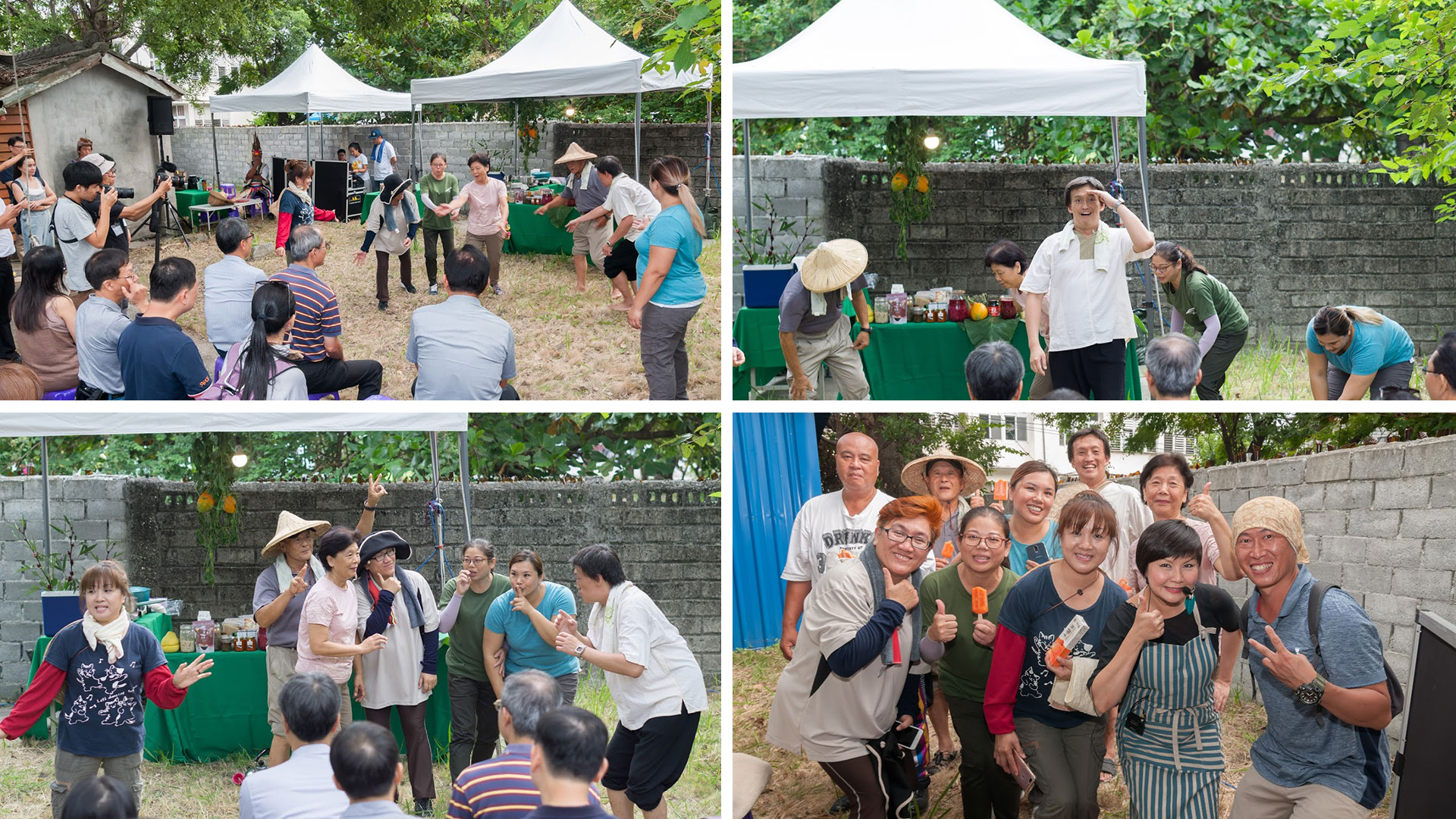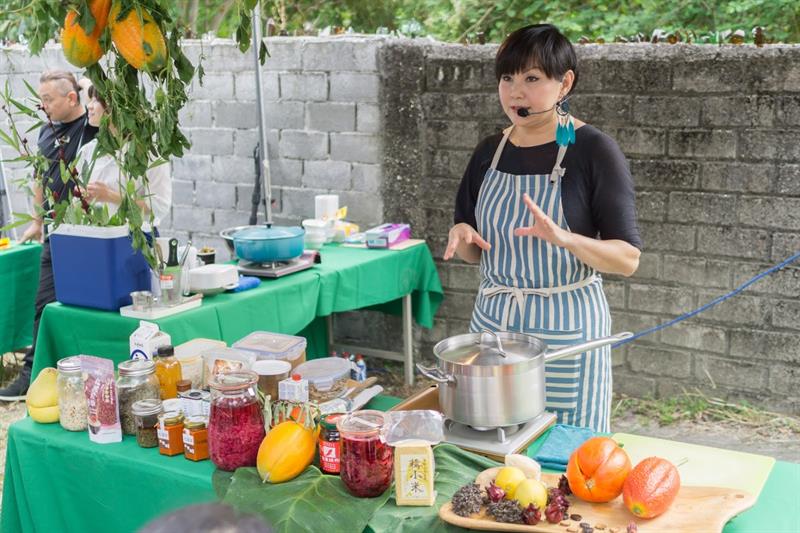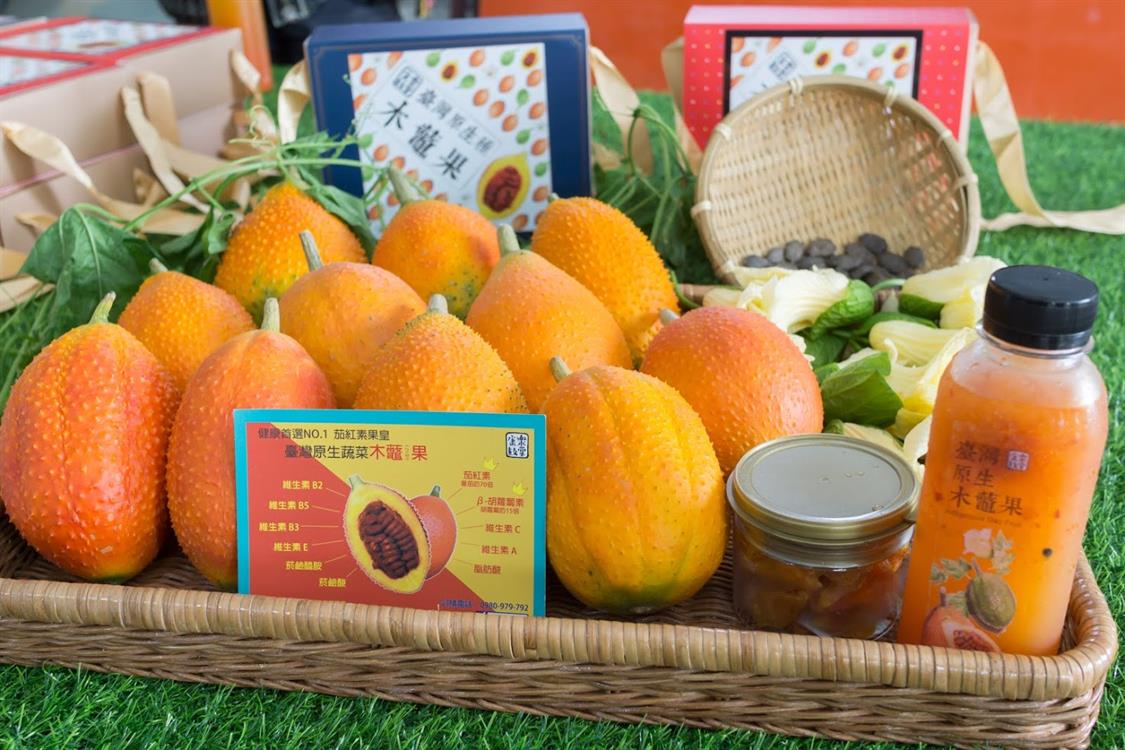The eastern Taiwan is endowed with a great natural environment where grows many functional foods. Gac fruit, “the fruit from heaven”, Roselle, “the ruby in the culinary world” and Taiwanese quinoa, “the super food for astronauts”; and others like millets, turmeric, camellia oil and red kernels.

Introduction of the Itinerary
The first day we visited Luye. Participants picked the Roselle and made the cheese so to get a firsthand experience of “from farm to table.” Participants also prepared dinner by using 12 different functional foods.
The second day we came to Taitung City and visited the Gac fruit garden where we had fun picking gac fruits. The fruit farmers taught us how to process the gac fruit, and make gac fruit smoothie. In the afternoon, we came to a food event held by Youxin Creative Lab across Taitung Sugar Factory. The event invited the eco chef, “Flavor Hunter Lisa” to make cuisines using local food materials for the public to try so to introduce all sorts of functional foods from Taitung to all.
Handpicking Roselle in “Play in Luye”
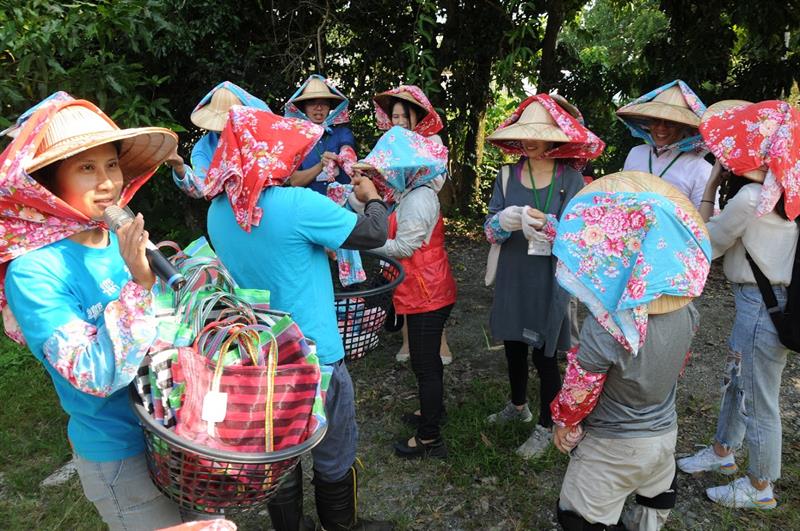
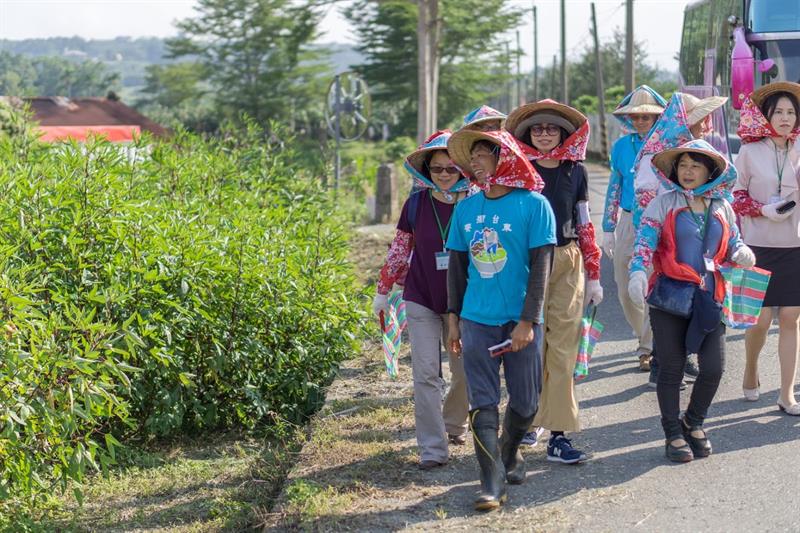
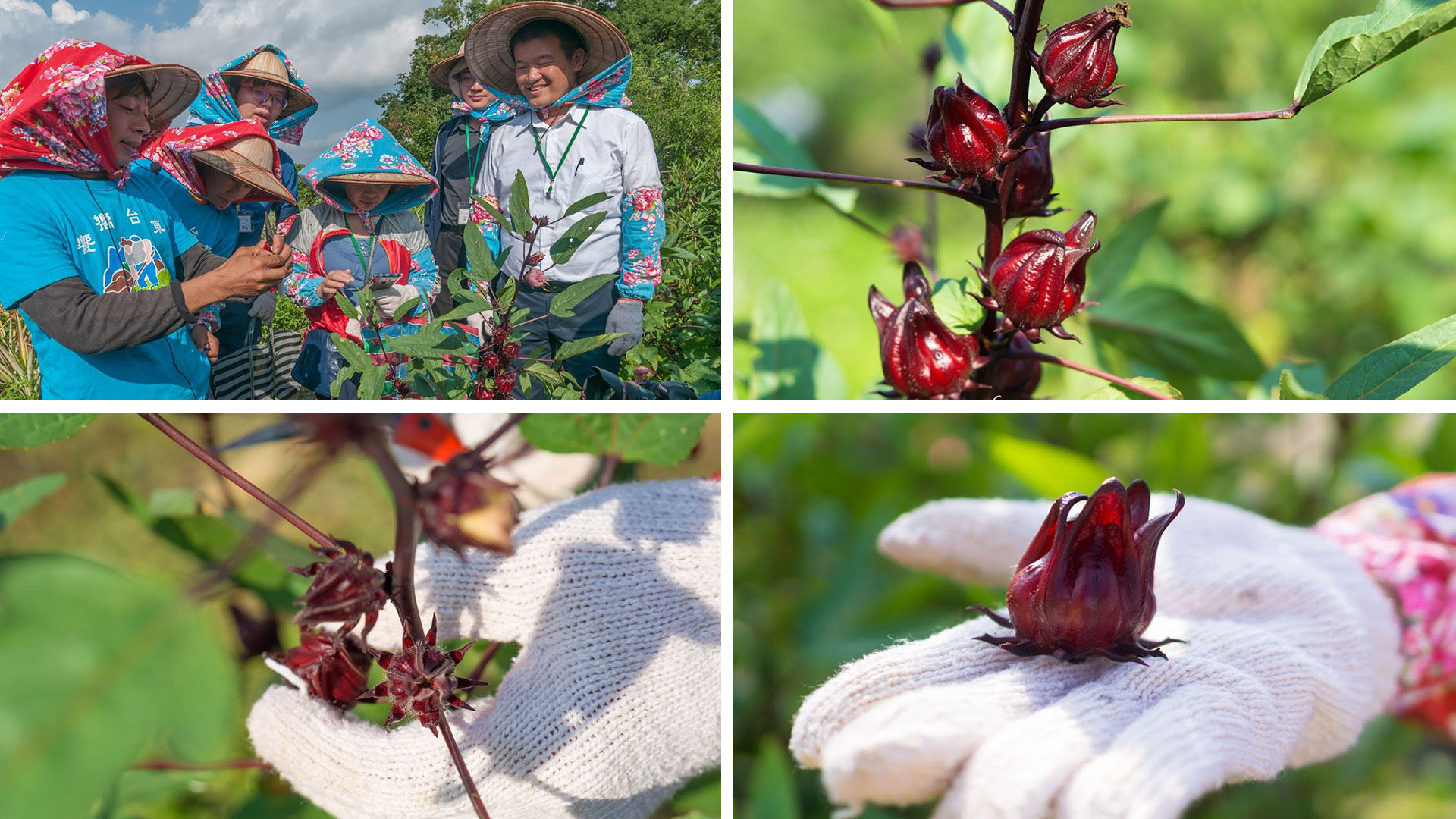
Imagine Taitung- Handmade Roselle Preserve and Fresh Cheese
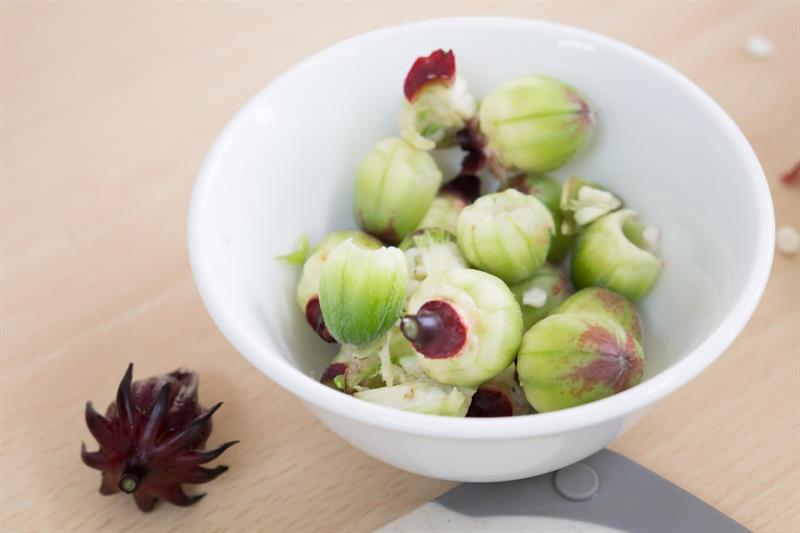
The calyces without the seeds will be boiled for 5 seconds before sterilization and removal of astringent taste. For preservation, a great amount of sugar is added and mixed together.
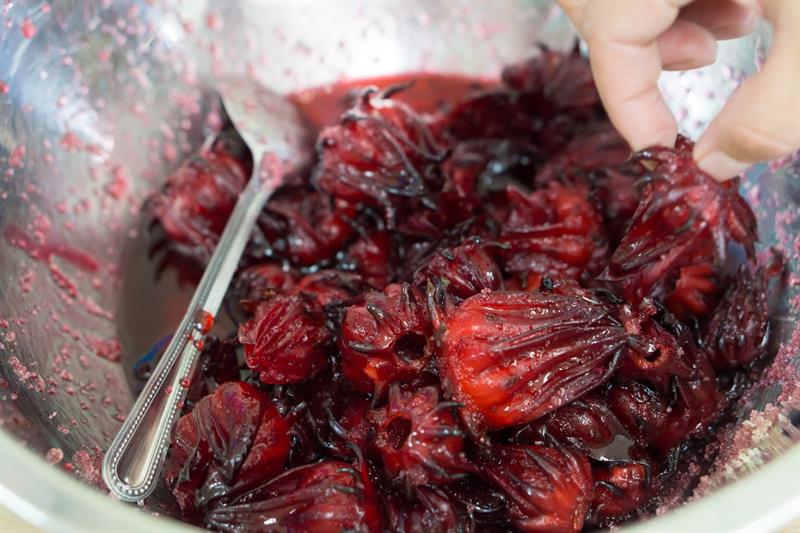
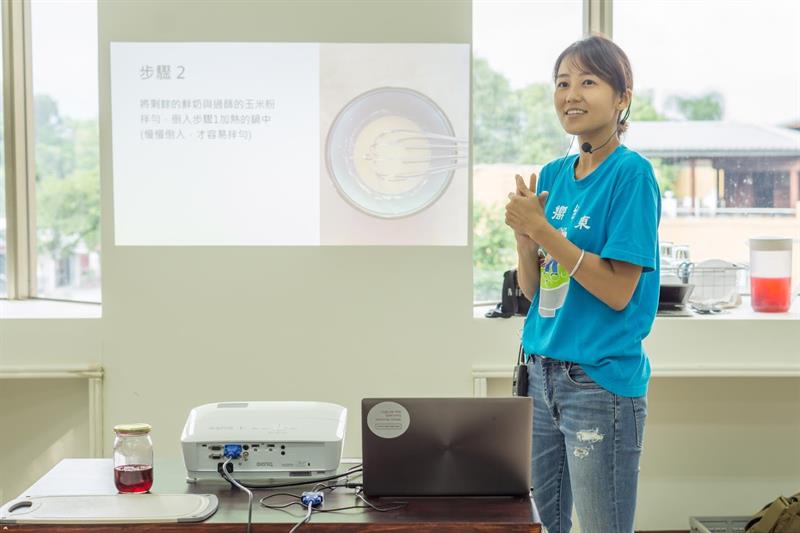
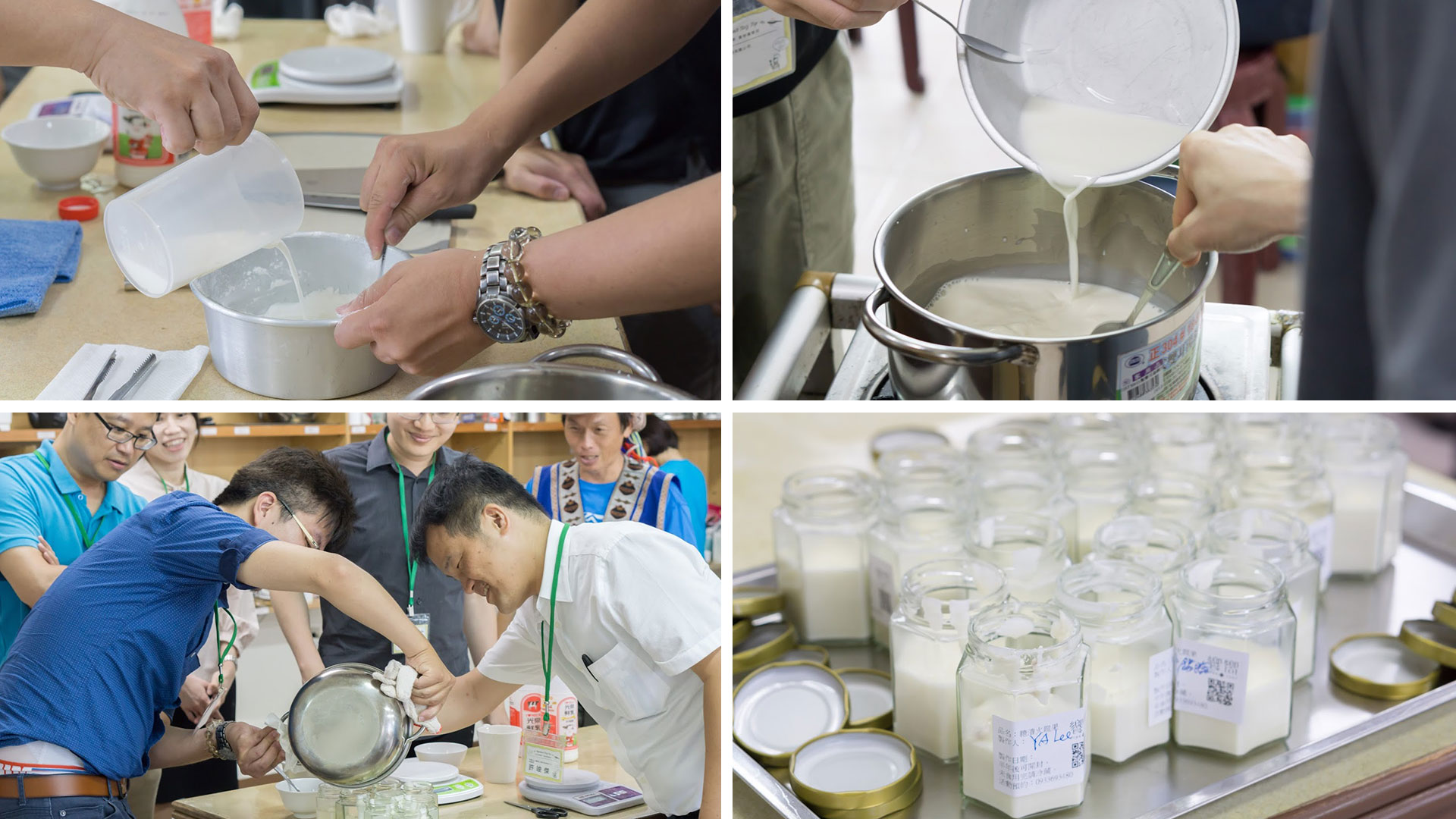
The concretionary milk paste then was added with Roselle preserves, the bright red and sour sweet Roselle paired with soft and tender fresh cheese is really marvelous.
Du Du Hao B&B - DIY Dinner with Functional Food Materials
“Sweet Field Food Garden” of ”Play in Luye” puts “from farm to table” into practice, so the B&B host designs the menu with the functional foods. The participants circled around in different cooking areas- some prepared leaves and food materials, and some added wood logs to the fire for the barrel broiled chicken.



McKuoKuo Farm - Hand Picking Gac Fruits
McKuoKuo Farm is in Kangle Village, Taitung County. The Kuos has devoted to agriculture for more than 50 years, the first generation, Grandpa Liang KUO, started from scratch and now the farm is took over by the 3rd generation, a young farmer, Mingche KUO, who continues his grandpa’s hard work and efforts to keep the orchard and land fields.
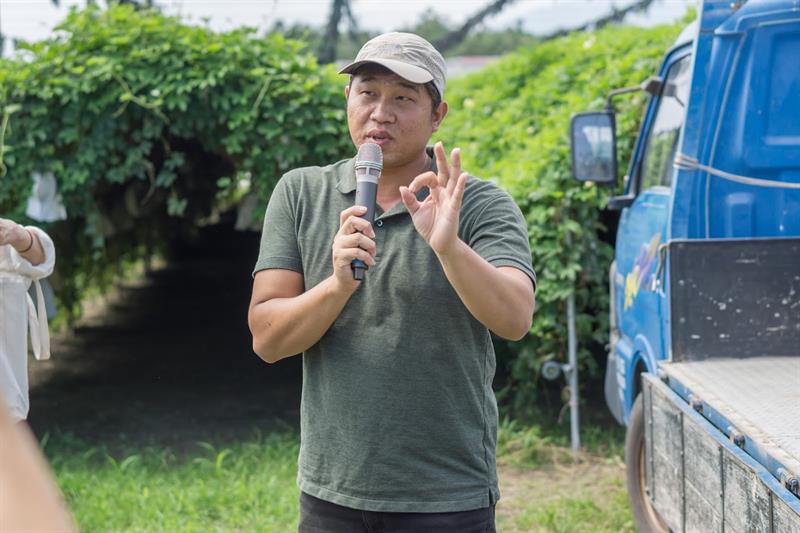
Mingche KUO, also one of the 4th Top 100 young farmers, worked in Mainland China after finishing his military service, and he returned home in 2014 because of a family member’s health conditions, he quit his job and took over the family business in Taiwan. He has grown gac fruits for over 3 years so far, and under the guidance of Research Institute of Taitung City, he has accumulated plenty of professional knowledge growing gac fruits. Now he joins city markets all around Taiwan or large exhibition shows to bring gac fruits to the public attention in ways of business operation.

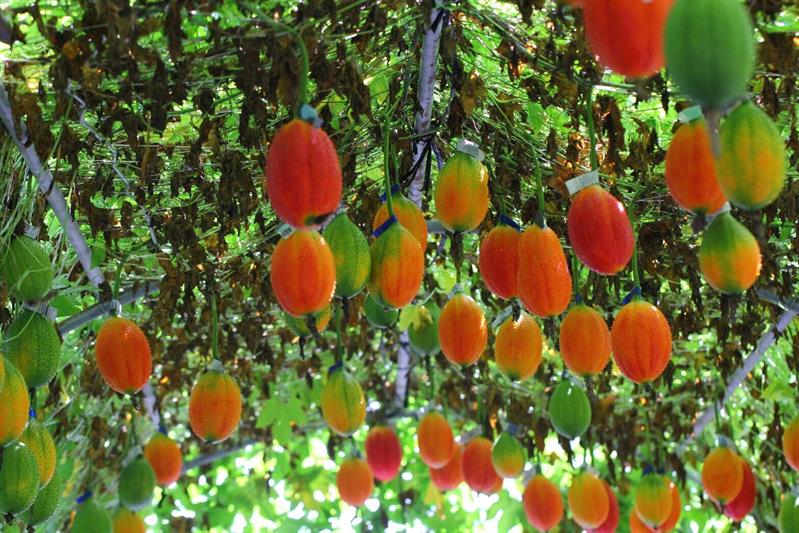
Gac fruit is praised as the fruit from heaven in western countries, so it is also called “The Fruit of Heaven”, and it is greatly favored by the international nutrition market. Many Taiwanese are not familiar with Gac fruit, but it is a native species to Taiwan. The trivial name for Gac fruit is “spiny bitter gourd”, it belongs to the gourd family, and the dried seeds is Chinese medicine “Mubiezi”. Aril of Gac fruit looks like its pulp, the reddish orange aril is rich in multiple vitamins and nicotinic acid, especially high in lycopene and β-carotene. According to the research made by United States Department of Agriculture, lycopene in Gac fruit is 70 times of that in tomato, and β-carotene is 15 times of carrots, both are nutritional contents for eye care.
McKuoKuo Farm- Showcasing the Gac Fruit in Dishes, Enjoying the Gac Fruit Steam Bread/ Smoothie
After having the snacks, we were introduced how to process the challenging aril, so that we could easily bring Gac fruit into cooking.


The following step is to mix the red aril and diced pulp into the blender, and cook over low heat till it is boiled. Then cool it down for future use, it can be soup base, juice or cooked with other materials. Due to time constraint, we then used the ready Gac fruit puree to make the smoothie, so to cool down the heat.
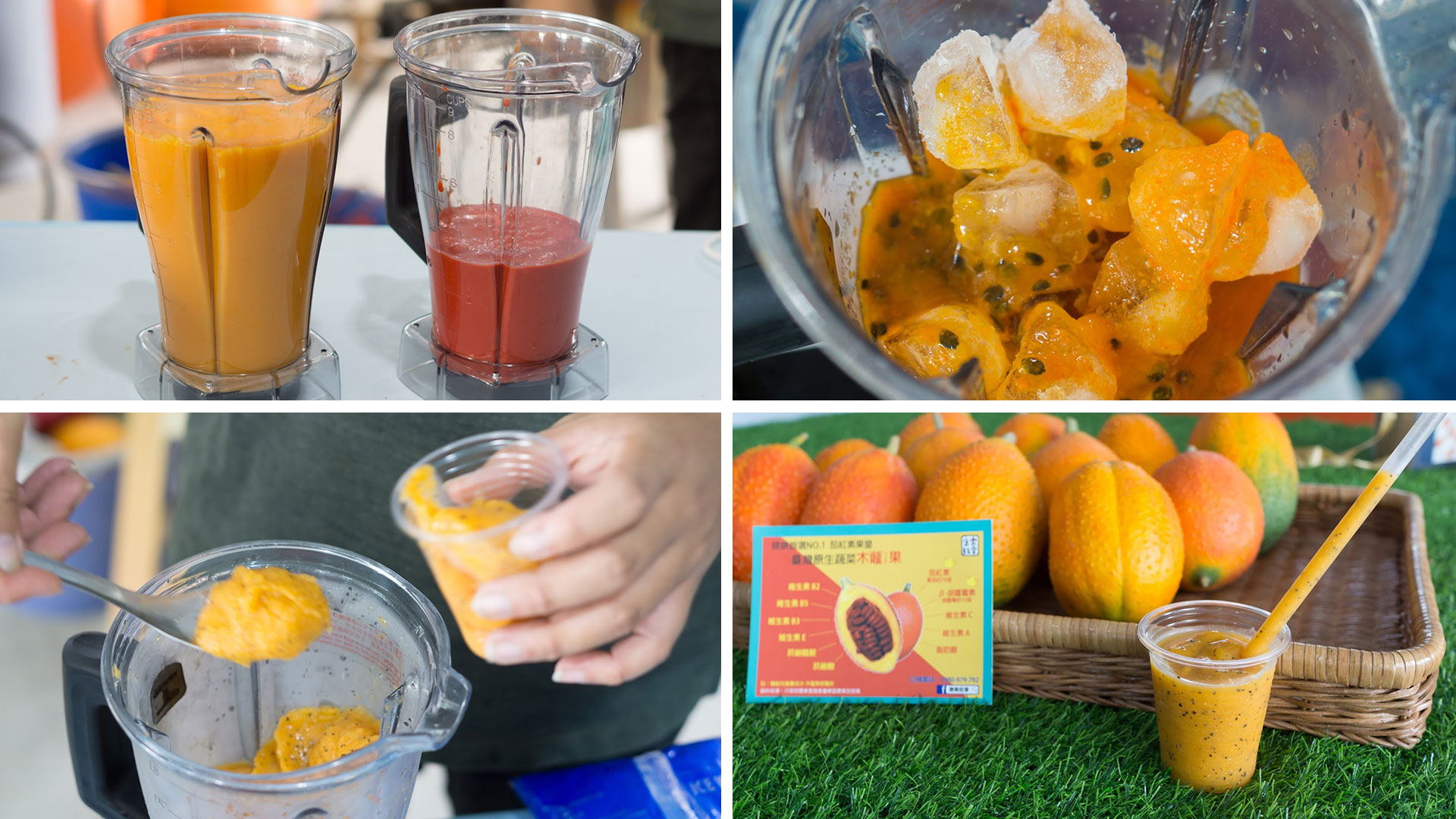

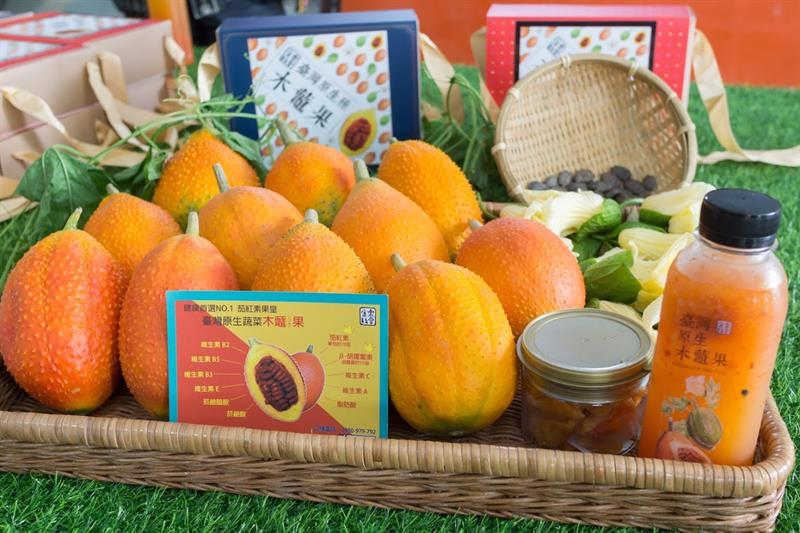
Taitung Red Quinoa Restaurant - Creative Cuisines wih Functional Food Materials
Taitung Red Quinoa Restaurant is a popular dining place in Taitung area, and it is one of the few that applies the functional food material “red quinoa” to more than 90% of its dishes. Their two appeals, “Eating the Seasonal Produce and Cooking the Local Produce in the Local Place” and “Cooking in Low Heat, Sous Vide” are what keep their customers coming back.
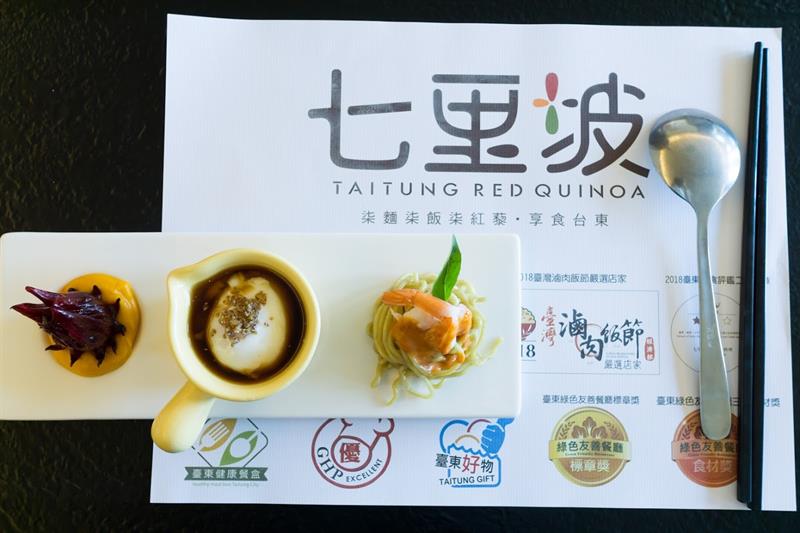
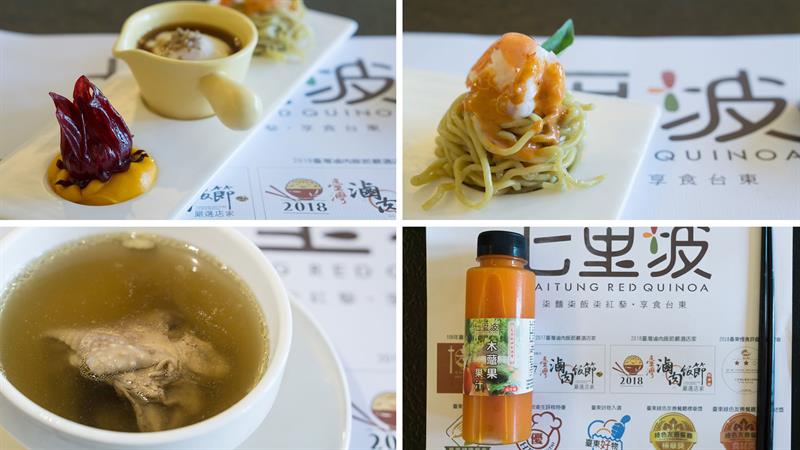


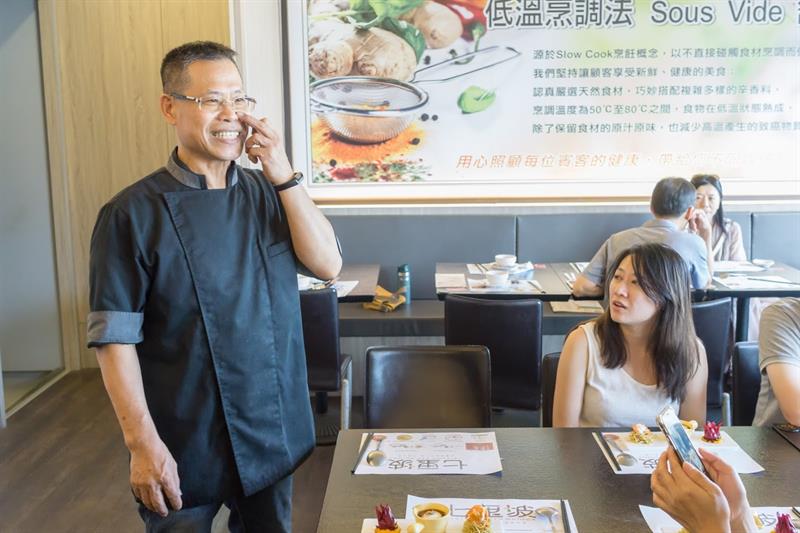
Youxin Creative Lab- Small Farmer Brand Show
Local small farmer brands were invited, Imagine Taitung, Mr. Red Quinoa, Patagilj, Naturalism, Taitung Red Quinoa Restaurant, and Bulaku SocialS Coop and they brought local functional produce “Gac fruit, Roselle, Taiwan Quinoa, Millet, Turmeric, and Camellia Oil for the visitors to shop.
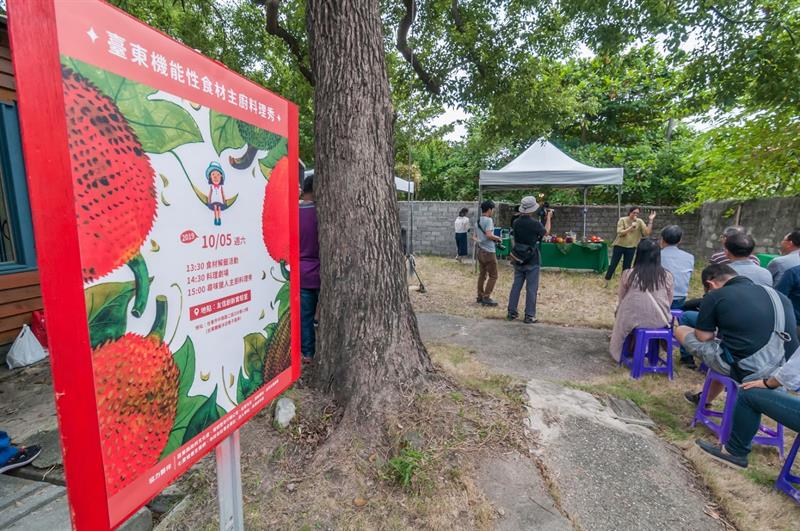


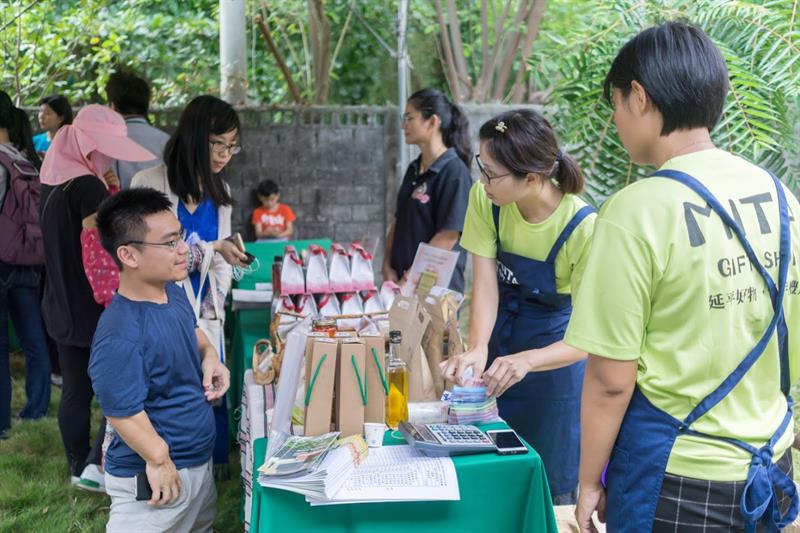
Youxin Creative Lab- Cooking Theater, The Chef Show
The event invited the eco chef, “Flavor Hunter Lisa” to make cuisines using local food materials for the public, together with the local residents played in the cooking theater and food illustration show, combing “production, lifestyle and ecology” to make the public aware of all sorts of functional food materials from Taitung.
